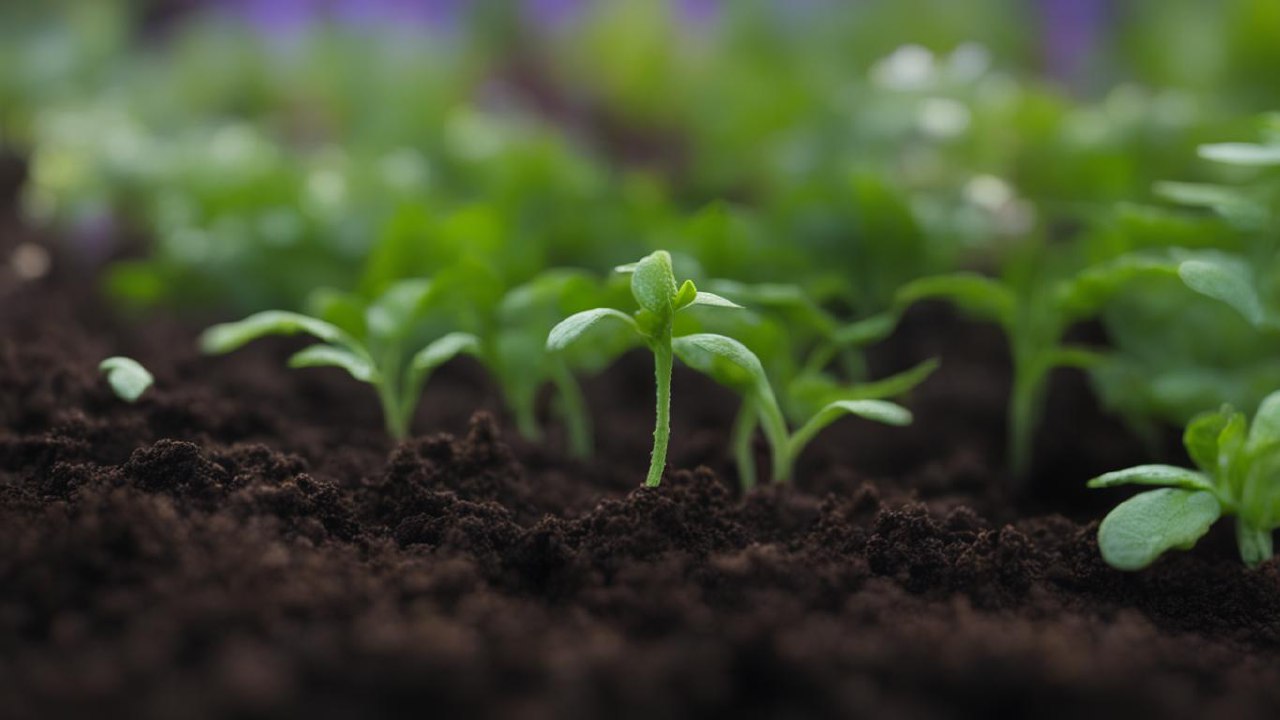Friend planting is a time-honored horticulture practice that involves growing sure plants together to enhance their growth, check pests, and enhance overall garden health. By strategically making compatible plants, gardeners can create cooperative relationships that benefit both crops and the environment as a whole. Whether you’re a learner gardener or a seasoned supporting, mastering the skill of companion planting can uplift your garden to new heights of output and beauty. Let’s investigate some tips and guidelines for favorable companion planting and solve the secrets concerning this ancient gardening method.
Understanding Companion Planting:
At allure core, companion setting is based on the idea that sure plants have mutually beneficial friendships when grown together. These connections can take various forms, including:
- Scourge Control: Some plants release natural compounds or odors that repulse pests, protecting adjacent plants from damage. For example, planting fragrant herbs such as basil or marigolds near naive crops can help deter infections like aphids, nematodes, and cabbage moths.
- Attracting Advantageous Insects: Certain plants intrigue beneficial insects to a degree pollinators and predators that help control pest societies and promote pollination. Flowers like calendula, yarrow, and universe attract pollinators in the way that bees and butterflies, while plants like dill, fennel, and parsley captivate predatory insects like ladybugs and lacewings that consume garden pests.
- Mineral Accumulation: Some plants have deep or far-reaching root systems that can help break up compressed soil and bring up fibers from deeper layers. These nutrients perform to neighboring plants, enriching the soil and advancing healthy growth. For instance, planting nitrogen-fixing legumes like personal outerwear or beans alongside heavy-feeding crops like tomatoes or peppers can determine a natural beginning of nitrogen for improved growth.
- Scope Optimization: Companion establishiing can also help maximize room in the garden by utilizing upright growing space or providing shade and support for crawling plants. For example, establishiing tall, sturdy sunflowers or grain can provide a natural latticework for vining crops like cucumbers or beans, allowing them to evolve vertically and conserve scope.
Tips for Successful Companion Setting:
To make the most of helper planting in your garden, feel the following tips and guidelines:
- Research Companion Setting Combinations: Before planting, research that plants complement each other and which one should be kept separate. Consult horticulture books, websites, or reputable sources to discover about tried-and-true companion setting combinations and avoid potential traps.
- Consider Planting Bulk and Spacing: Pay attention to the organize requirements and development habits of companion plants to guarantee they have enough room to thrive outside overcrowding or shading each one. Companion plants should complement each one in terms of growth clothings and resource necessities.
- Rotate Companion Setting Combinations: Practice crop rotation for fear that the buildup of pests and ailments associated with specific plant kins. Rotate companion establishiing combinations occurring to maintain soil health and balance in the flowers.
- Experiment and Adapt: Gardening is an continuous learning process, so don’t believe to experiment with different friend planting combinations and methods to see what everything best in your garden. Keep outline and observations to track the fame of different pairings and regulate your approach accordingly.
- Be Mindful of Plant Needs: Analyze the individual needs of companion plants, including soil pH, liquid levels, and sunlight necessities, to ensure they are compatible and can succeed together. Avoid pairing plants accompanying conflicting needs or preferences for fear that competition and stress.
By incorporating helper planting into your gardening collection, you can harness the power of character to create healthy, colorful gardens teeming accompanying life and abundance. Either you’re looking to boost yields, reduce scourge problems, or simply experience the beauty of different plant combinations, companion setting offers a wealth of benefits for gardeners of all skill levels. So, accumulate your sleeves, get your hands dirty, and start experimenting accompanying companion planting in your flowers today!
